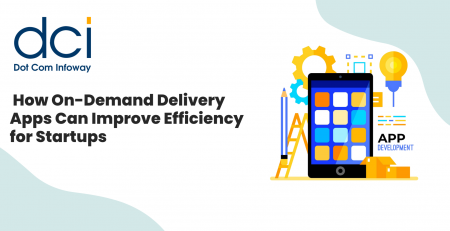Usage of Mobile Banking Apps: What You Need to Know?
It seems that banking becomes less and less personal these days, but is that really a bad thing?
In a practice survey of 114,696 banking customers from Bain financial services, it was found that customers are 30% more likely to enjoy a mobile transaction than a visit to the bank. The survey has also shown that customers who use physical locations for their transactions are three times more likely to switch banks, and a bank visit is 2.3 times more likely to result in a bad experience than when using an app.
Does it come as a surprise then that branches are being closed in their hundreds? In fact, according to SNL Financial, over 739 branches were closed during the first 6 months of 2015, with 1,531 disappearing from the landscape during the 12 month period which ended with the second quarter.
Bain partner in charge of the company’s retail banking sector, Gerard du Toit said “Mobile is definitely taking off in terms of usage, but it’s also a consistently better experience. The younger generation is a little earlier in adopting, but the older generation is right behind them in terms of driving adoptions as well.”
Considering that a banking app allows users to transfer money, handle their credit cards, pay loans and check on their accounts, it’s not hard to see why these apps are so popular.
From a bank’s perspective, mobile apps make even more sense. In a fiercely competitive environment, being able to reduce overheads by shutting down branches, and improving the banking experience for the average customer, are both very attractive benefits.
Internationally, mobile banking is most popular in the Netherlands, followed by South Korea. In terms of innovation however, China leads the way with Tencent Holdings’ WeChat. With 600 million users, the app can be used to pay for utilities and merchants, send money, invest into money market accounts, borrow money and book travel tickets. Of course, as the title suggests, WeChat is not an exclusively mobile banking app, with the social media feature being a big part of the app’s draw.
Tatra Banka’s app from Slovakia is another example of a feature-filled mobile banking app that greatly improves the user experience. This app helps customers set and adhere to a monthly budget, and it can also be used at an ATM machine to withdraw money, instead of a debit card.
In Bain’s view, banks should keep in mind six goals when building a banking app:
- Organization Agility, which allows developers to link up different departments
- Personalization, so that users see only relevant information
- Rapid Development and Implementation of new features
- Communication, by adding chat and video call capabilities
- Radical Simplification
- Extraordinary Design Discipline
While it might seem that brick and mortar banks are in danger of extinction, there is still a place for them, especially when it comes to high value customers that prefer to discuss financial affairs face to face. Going forward, the focus will be on mobile first, not mobile exclusive.















